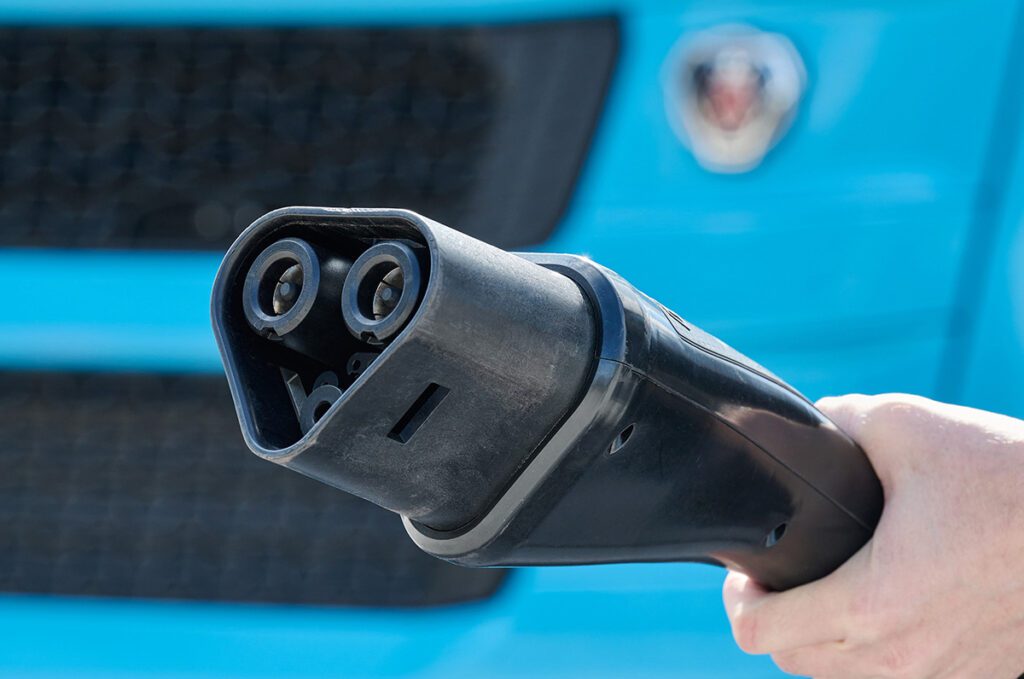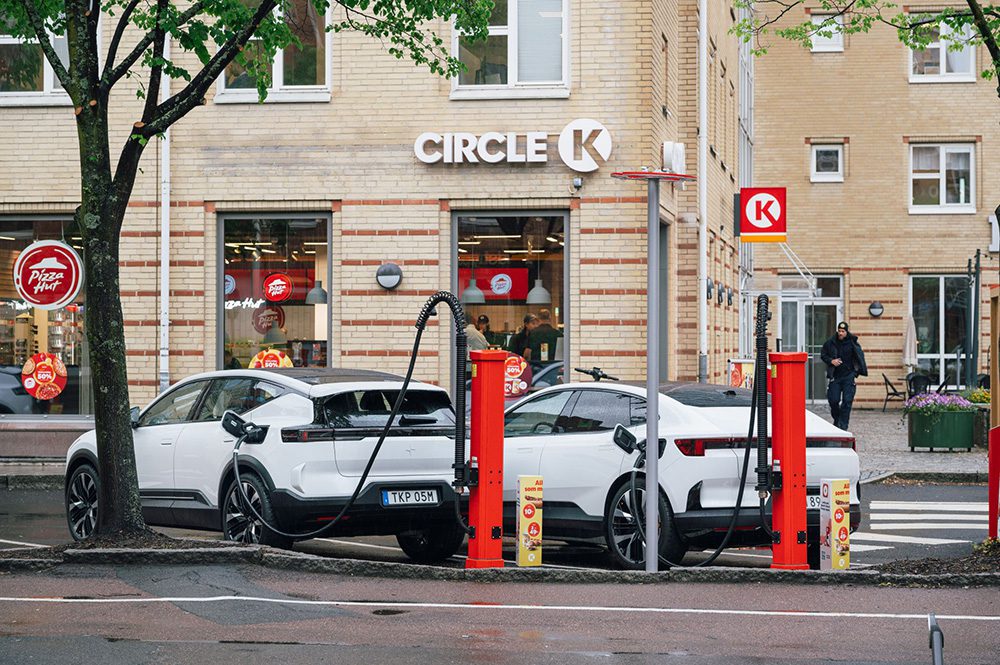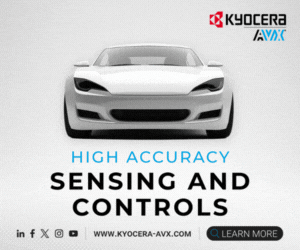Reading PRs for new EVs, one might get the impression that charging speed is the most important metric there is. Unfortunately, automakers’ charging speed promises don’t amount to much. How fast a particular EV charges on a particular day depends on so many factors—battery state of charge, preconditioning, even ambient temperature—that the charging times quoted by automakers are almost meaningless (as astute Charged readers may have noticed, we seldom mention them).
Furthermore, different automakers use different metrics (“it charges from x percent to y percent in z minutes”) and presumably different testing regimens, so (unlike EPA range or fuel economy ratings) their claims can’t be used to compare the charging speeds of different models.
Be all that as it may, charging time is often the first thing EV-curious drivers ask about, and automakers will continue to quote such figures. And, our consumer society being what it is, these figures will often be over-optimistic (Toyota and Hyundai have both been charged with false advertising for offering exaggerated estimates).
AMCI Testing is an automotive research firm that has offered “unbiased, exclusive, comparative evaluations of automotive products” since 1984. The company has devised a metric and a testing standard that it uses to compare the real-world charging speeds of different EVs.
AMCI’s MP6 metric expresses charging speed in terms of the number of miles of range that can be added within 6 minutes (the approximate time it takes to refuel a typical ICE vehicle). Testing is done using a Tesla Supercharger fitted with the Magic Dock adapter, and measurement starts from a 10% state of charge.
Of the vehicles tested, first place (Oh, the irony!) went to the Toyota bZ4X, which scored a 35.0 MP6 rating (meaning that it added 35 miles of range in 6 minutes). In second place was the Ford Mustang Mach-E, which scored 32.5 MP6, in third was the Mercedes-Benz EQE (31.5 MP6) and fourth went to the Hyundai IONIQ 5 (28.0 MP6).
AMCI’s testers were particularly disappointed by the Ford F-150 Lightning, which straggled in at fifth place with a 22.0 MP6 rating.
AMCI suspects that Ford’s first-generation EV was rushed to market. “While Ford is to be commended for being a first mover in the electrified pick-up market with the F-150 Lightning, it has many shortcomings that are now impacting its sales,” said David Stokols, CEO of AMCI Testing’s parent company, AMCI Global.
“Fast charging speeds are arguably even more critical for a vehicle with real work intentions, like the F-150 Lightning, than a regular passenger car,” said Guy Mangiamele, Director of AMCI Testing. “Adding the maximum number of miles to your battery in the shortest possible time is mission-critical. And when your range has been shortened by towing a trailer, that fast-charge capability is even more important. Measured on this real-use criteria, rather surprisingly, the F-150 Lightning falls short.”
Source: AMCI Testing











































































































